Urban Experience

What is the role of sports in enhancing urban social cohesion ?
Sports play a significant role in enhancing urban social cohesion by promoting community engagement, fostering a sense of belonging, and providing opportunities for individuals to come together and share common experiences. Sports events and activities provide a platform for residents to gather, interact, and participate in their local community, leading to increased social interaction, as well as a greater sense of ownership and pride in one's neighborhood. Sports teams and clubs can create a strong sense of identity and loyalty among their members, which extends beyond the playing field and into everyday life. Finally, sports provide numerous opportunities for individuals to come together and share common experiences, helping bridge divides between different groups within urban communities.

What are the benefits of urban greening projects ?
Urban greening projects offer a multitude of benefits including improved air quality, climate regulation, water management, enhanced aesthetics and livability, mental and physical health improvements, community building, habitat creation and preservation, food production, job creation, energy conservation, and tourism attraction. These initiatives aim to increase the amount of greenery in cities, such as parks, gardens, green roofs, walls, street trees, and other forms of urban forestry. The advantages of urban greening are multifaceted and contribute significantly to the improvement of urban environments for both residents and wildlife.
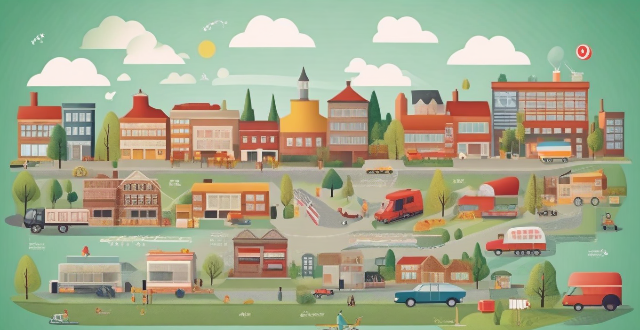
How can urban planning and design contribute to enhancing urban food security under changing climatic conditions ?
The text discusses the importance of urban planning and design in enhancing food security in cities, especially under changing climatic conditions. It outlines key strategies such as promoting urban agriculture, sustainable land use planning, improving access to healthy food options, supporting local food production and consumption, and fostering innovation and collaboration. These strategies aim to create resilient and self-sufficient urban environments that can adapt to climate change while ensuring food security for all residents.

What safety precautions should I take when cycling on urban routes ?
Cycling in urban areas can be a fun and efficient way to get around, but it's important to prioritize safety. Here are some key precautions to take when cycling on urban routes: 1. Wear a Helmet 2. Use Proper Lighting 3. Follow Traffic Laws 4. Be Predictable 5. Stay Alert 6. Choose the Right Route 7. Wear Reflective Clothing 8. Keep Your Bike Maintained
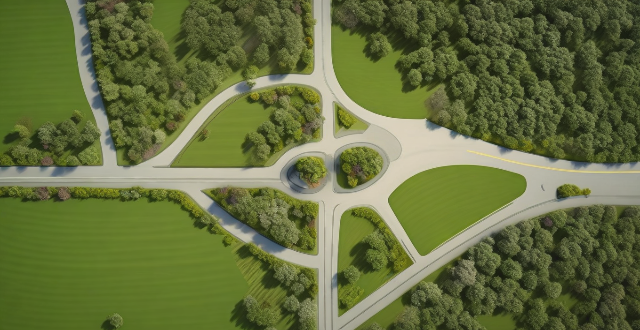
How can ecological protection areas be used as models for urban and peri-urban green spaces ?
Ecological protection areas serve as models for urban and peri-urban green spaces by emphasizing biodiversity, habitat preservation, and educational opportunities. Urban planners can apply EPA principles in designing green spaces that use native plants, natural landscapes, and green infrastructure to mimic ecological diversity. These areas should also promote biodiversity through wildlife corridors and nesting sites, engage communities with educational signage and programs, and foster partnerships with schools.
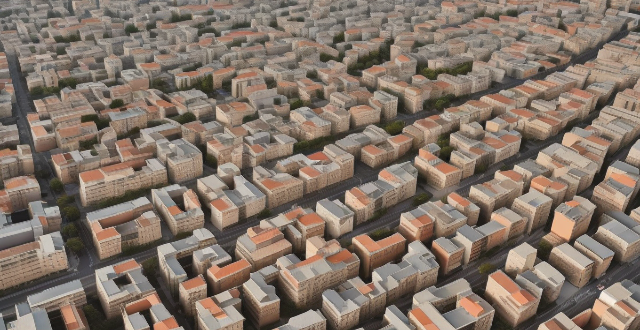
What are the top 10 cities for urban photography ?
The article provides a list of the top 10 cities for urban photography, each with its unique charm and photo opportunities. The cities include New York City, Tokyo, Paris, London, Hong Kong, Berlin, Istanbul, Chicago, Rio de Janeiro, and Melbourne. Each city is described in terms of its iconic landmarks, cultural diversity, natural beauty, historical contrasts, and architectural wonders. The article concludes that these cities offer a unique blend of urban elements that cater to various photography interests, making them ideal destinations for any urban photographer looking for their next great shot.
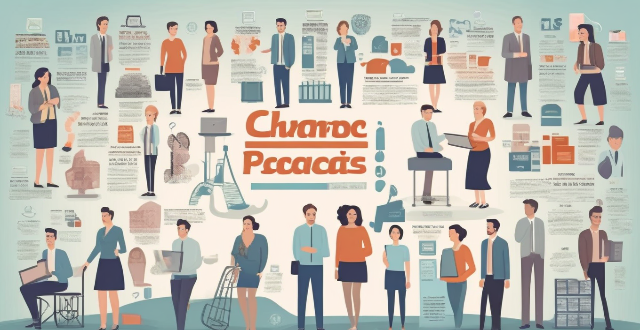
How do climate change impacts differ for men and women in urban vs. rural areas ?
Climate change impacts vary by gender and geography, with urban and rural areas presenting distinct challenges for men and women. Urban men benefit from more job opportunities and adaptation resources, while urban women face vulnerabilities during extreme events, health concerns, and economic disruption. Rural men are often dependent on natural resources for livelihoods and may migrate due to climate change, whereas rural women bear agricultural responsibilities, caregiving roles, and water collection tasks, all of which are affected by climate stressors. Key differences include resource access, infrastructure, livelihood dependencies, and gender roles, with women often bearing a disproportionate burden. Addressing climate change requires recognizing these differences and developing targeted strategies for the most vulnerable populations.
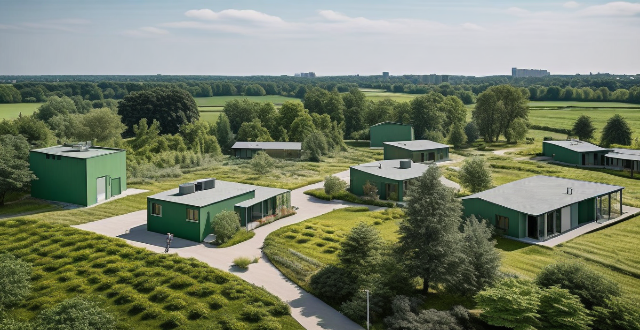
What are the economic benefits associated with urban green spaces ?
Urban green spaces provide economic benefits to cities, including increased property values, reduced air pollution, and enhanced tourism. These spaces improve the living environment, leading to higher home and rental prices, increased tax revenue, and healthcare cost savings. Additionally, they attract tourists, boosting the local economy through job creation and multiplier effects. Investing in urban green spaces is beneficial for both the environment and city prosperity.

How does urban vegetation impact air pollution levels ?
Urban vegetation, including trees, shrubs, and grasses in urban areas, plays a crucial role in mitigating air pollution. It improves air quality by reducing pollutants such as carbon dioxide (CO2), nitrogen oxides (NOx), and particulate matter (PM). Plants absorb CO2 from the atmosphere during photosynthesis, which helps to reduce the concentration of this primary greenhouse gas contributing to global warming. Trees also store carbon in their biomass, effectively removing it from the atmosphere through a process known as carbon sequestration. The large leaf surface area of urban vegetation helps to capture and reduce nitrogen oxides (NOx) in the air. When NOx comes into contact with plant leaves, it reacts with the stomata to form nitrates, which are then absorbed by the plant. Soil microorganisms play a vital role in breaking down organic matter and converting it into nutrients that plants can use. These microorganisms also help to reduce NOx levels by converting them into harmless compounds such as nitrogen gas. Urban vegetation can trap particulate matter (PM) through its leaves and bark, preventing it from being inhaled by humans and animals. This helps to reduce the health risks associated with PM exposure, such as respiratory problems and cardiovascular diseases. Trees act as wind breaks, reducing wind speed and preventing PM from becoming airborne, which helps to keep PM levels low in urban areas and improve overall air quality. In conclusion, promoting urban green spaces and encouraging the planting of more trees and shrubs in cities is essential to mitigate the negative effects of air pollution.
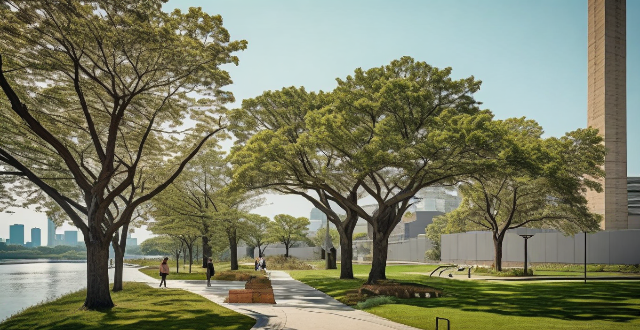
What is the importance of tree cover in urban areas ?
The text discusses the importance of tree cover in urban areas for environmental, social, and economic benefits. It highlights the role of trees in improving air quality, regulating climate, managing water, enhancing aesthetic value, building communities, reducing noise pollution, increasing property values, conserving energy, and attracting tourism. The text also suggests ways to promote tree cover in urban areas through planting initiatives, maintenance and protection, and education and awareness campaigns.

How do urban greening projects affect biodiversity in cities ?
Urban greening projects, which aim to increase the amount of vegetation within cities, can have significant effects on urban biodiversity. These projects typically involve planting trees, creating parks and green spaces, and restoring natural habitats. Here are some ways in which these initiatives can influence the variety of species living in urban areas: - Increased Habitat Availability: By adding more greenery, urban greening provides additional habitats for a wide range of organisms. This includes plants, insects, birds, and small mammals that can thrive in these newly created environments. - Mitigation of Urban Heat Islands: Vegetation helps reduce the urban heat island effect by providing shade and releasing water through transpiration, creating cooler microclimates that are more suitable for certain species. - Enhanced Food Sources: Flowering plants attract pollinators like bees and butterflies, supporting their populations and contributing to the health of the overall ecosystem. - Increased Water Quality and Availability: Green roofs and rain gardens help manage stormwater runoff, reducing pollution and providing water sources for urban wildlife. - Promotion of Biodiversity through Education and Awareness: Parks and green spaces serve as outdoor classrooms, offering opportunities for education about ecology and conservation. While urban greening projects offer numerous benefits for biodiversity, they also present challenges such as potential introduction of invasive species, maintenance requirements, and resource allocation trade-offs with other land uses.
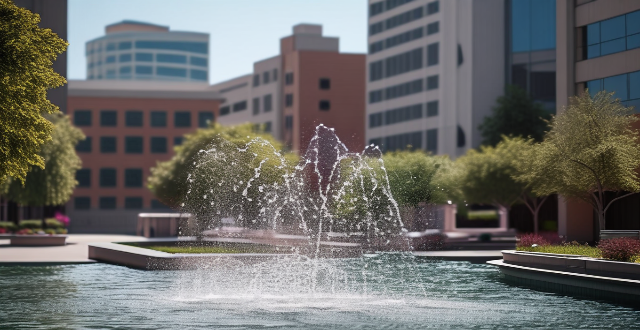
How can urban areas improve their water use efficiency and conservation efforts ?
Improving water use efficiency and conservation in urban areas requires a multifaceted approach involving technological innovations, infrastructure upgrades, public awareness campaigns, regulatory policies, and research initiatives. By implementing these strategies, urban areas can significantly reduce their overall water consumption while ensuring sustainable access to clean water for all residents.
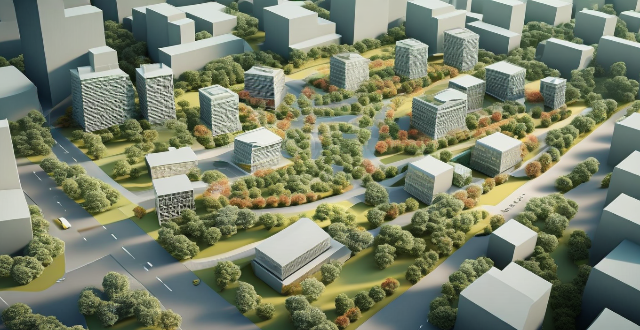
How can we prevent flooding in urban areas ?
Flooding in urban areas is a pressing issue that calls for multifaceted solutions. The strategies include enhancing infrastructure resilience through green infrastructure development, improved drainage systems, and structural flood protection measures. Risk management and early warning systems are also crucial, encompassing risk assessment, community participation, hydrological monitoring, weather forecasting technology, and public alert systems. Emergency response plans involving evacuation routes, temporary shelters, and rescue services coordination further strengthen the overall approach. A combination of structural and non-structural strategies is recommended for effective adaptation to rising flood risks. Urban planners, engineers, and policymakers must collaborate to create cities that are resilient, safe, and capable of handling climate change's uncertainties.
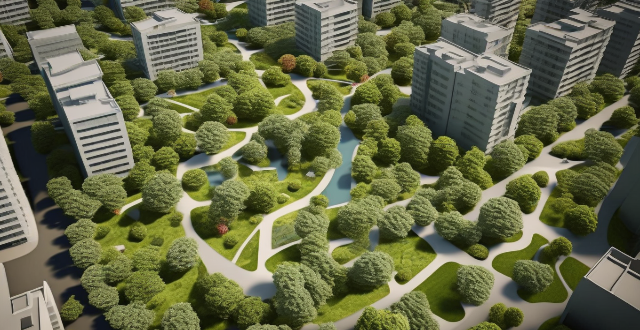
How can urban green spaces improve residents' quality of life ?
Urban green spaces, including parks and community gardens, play a key role in enhancing the quality of life for city residents by providing physical, mental, social, and environmental benefits. Physical health is improved through increased physical activity, better air quality, and mitigation of the heat island effect. Mental health benefits include stress reduction, enhanced mood, and improved cognitive function. Social well-being is boosted through community building, recreational opportunities, and educational value. Environmentally, urban green spaces contribute to biodiversity conservation, water management, and carbon sequestration. These areas are essential for comprehensive wellness in urban environments and should be a focus in future city planning.

How do urban greening projects influence city temperatures and heat islands ?
Urban greening projects, such as planting trees and creating parks, can help reduce city temperatures and mitigate the effects of urban heat islands. These projects provide shade, reduce heat absorption by buildings and roads, and promote evapotranspiration, all of which contribute to cooler city environments. By increasing vegetation in cities, urban greening initiatives can also help reduce the intensity of urban heat islands, making cities more comfortable for residents. As our world continues to urbanize, prioritizing urban greening initiatives is essential for creating healthier and more sustainable cities for future generations.
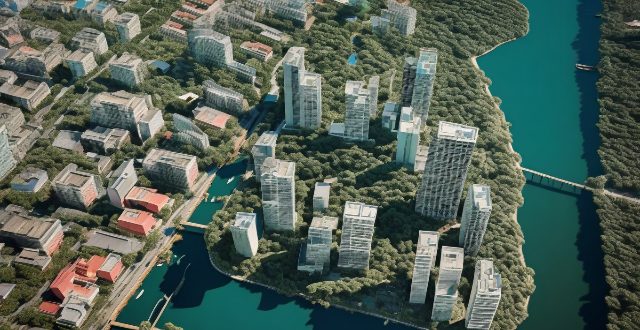
How do climate adaptation strategies differ between rural and urban areas ?
Climate adaptation strategies differ between rural and urban areas due to infrastructure, resources, community needs, and environmental impacts. Urban areas often have advanced technology and diverse stakeholders involved in adaptation planning, while rural areas rely more on local knowledge and community-based initiatives. Funding and resources are also key factors, with urban areas having better access to funding for large-scale projects and a diversified economy to support climate adaptation measures. In contrast, rural areas may have limited financial resources and dependence on agriculture, making them vulnerable to climate impacts. Community participation is crucial in both settings, but urban areas may have more platforms for participatory planning and decision-making processes, while rural areas benefit from strong community cohesion and collective action. Environmental impact considerations also vary, with urban areas facing challenges like the heat island effect and air pollution, while rural areas focus on natural resource management and watershed protection.

Can the promotion of sports activities help in reducing urban poverty ?
Promoting sports activities can contribute to reducing urban poverty by improving health, providing educational opportunities, promoting social cohesion, and creating economic opportunities. However, it is important to recognize that sports activities alone cannot solve all aspects of urban poverty and should be part of a broader strategy to address this complex issue.
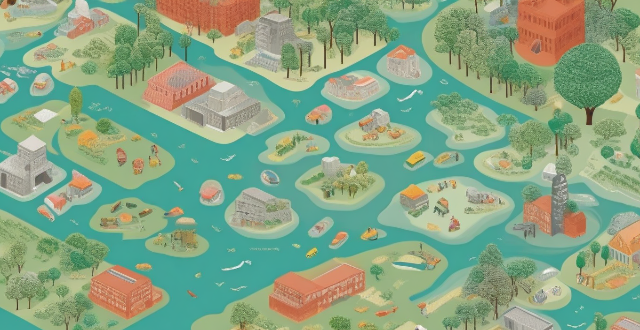
How does climate change influence the movement of people from rural to urban areas ?
Climate change significantly impacts human migration patterns, particularly the movement from rural to urban areas. This trend is influenced by direct effects like extreme weather events and changes in agricultural conditions, as well as indirect factors such as economic downturns in rural sectors and social considerations. To reduce rural-to-urban migration driven by climate change, adaptation strategies are needed to enhance resilience in rural areas through sustainable agriculture practices, infrastructure development, economic diversification, and community support programs.

How can pedestrian and cyclist safety be improved in urban areas ?
Improving the safety of pedestrians and cyclists in urban areas is crucial due to high traffic volume. A multifaceted approach involving infrastructure changes, legislation, education, and technology can enhance their safety. Infrastructure improvements include dedicated paths and lanes, safety features like crosswalks and signals, and clear signage and road markings. Legislation and enforcement involve traffic laws, speed limits, bike helmet laws, ticketing, and awareness campaigns. Education and awareness focus on public campaigns, school programs, teaching traffic rules, and bike safety courses. Technology and innovation encompass smart infrastructure, traffic sensors, interactive crossings, wearable technology, and app-based safety tools. Community involvement includes local advocacy groups, community watch programs, public surveys, and town hall meetings. Implementing these measures can make urban areas safer for pedestrians and cyclists, enhancing the quality of life and sustainability of city living.
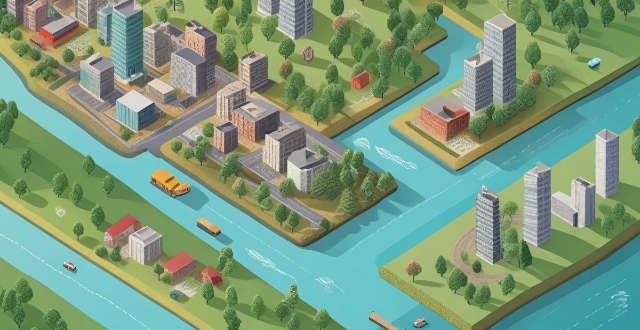
How do changes in precipitation patterns influence urban drainage and water management systems ?
Changes in precipitation patterns, often linked to climate change, have significant implications for urban drainage and water management systems. These alterations can lead to increased frequency and intensity of storm events, which places a strain on existing infrastructure and necessitates adaptation strategies. Key considerations include increased storm intensity and frequency, the urban heat island effect, runoff management, water quality concerns, and ecosystem impacts. Strategies for adaptation include green infrastructure, rainwater harvesting, decentralized water management, stormwater regulations, integrated water resource management, smart technology, community engagement, and sustainable drainage systems. The shifts in precipitation patterns demand a comprehensive approach to urban drainage and water management that emphasizes resiliency, sustainability, and adaptability. By integrating innovative technologies, green infrastructure, and community participation, cities can better cope with these changes and safeguard their environments and populations from the adverse effects of extreme weather events.
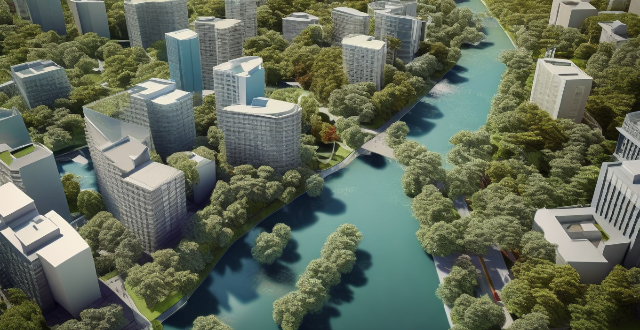
What is the significance of green infrastructure in managing urban runoff and improving water quality ?
Green infrastructure (GI) is a sustainable approach that uses natural processes to manage stormwater, reduce pollution, and enhance the overall health of urban ecosystems. It plays a crucial role in managing urban runoff and improving water quality. Some benefits of GI include reducing stormwater runoff, improving water quality, enhancing habitat and biodiversity, and mitigating climate change impacts. To effectively implement green infrastructure in urban areas, factors such as site selection, design considerations, and maintenance and management should be considered. Proper maintenance and management are essential for ensuring the long-term success of green infrastructure projects. By implementing effective green infrastructure practices, cities can create healthier, more resilient environments for both people and wildlife.
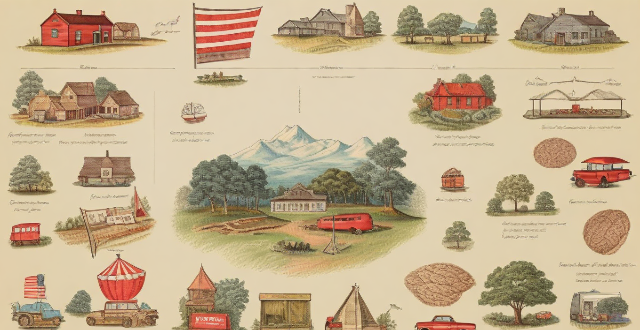
Which Asian countries should I visit for a cultural experience ?
Asian countries offer a diverse range of cultural experiences, including festivals, traditional practices, and historic landmarks. Recommended destinations include Japan's Kyoto and Tokyo, China's Beijing and Shanghai, India's Delhi and Agra, Thailand's Bangkok and Chiang Mai, Vietnam's Hanoi and Ho Chi Minh City, and South Korea's Seoul and Busan. Each country offers unique cuisine and activities for travelers seeking a rich cultural experience.
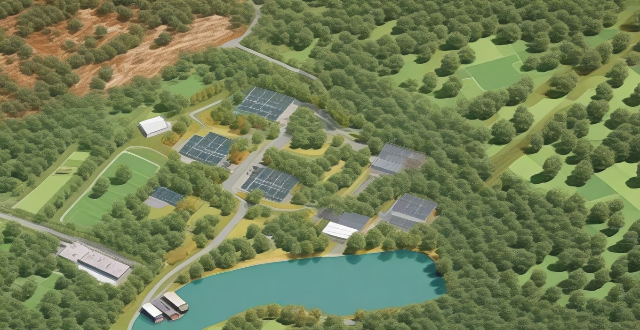
Where can I find the best skydiving experience ?
Skydiving is an exhilarating sport that offers a thrilling freefall experience from great heights. If you're looking for the best skydiving experience, consider factors such as location, safety measures, and cost. Top destinations include Florida in the USA, New Zealand, Switzerland, and South Africa, each offering unique landscapes and experiences. Remember to prioritize safety by choosing reputable skydiving centers with experienced instructors and proper equipment.

How can I book local experience activities online ?
### How to Book Local Experience Activities Online Booking local experience activities online involves several steps, from identifying your interests to making a reservation on an online platform. Here's a detailed guide: 1. **Identify Your Interests**: Determine the type of local experiences you're interested in, such as food tours, cooking classes, historical walks, outdoor adventures, or cultural workshops. 2. **Research Online Platforms**: Look into platforms like Airbnb Experiences, GetYourGuide, Viator, Klook, and TripAdvisor that offer a wide range of activities led by local hosts. 3. **Read Reviews and Ratings**: Before booking, read reviews and ratings from previous participants to gauge the quality and authenticity of the experience. 4. **Check Availability and Booking Terms**: Ensure the activity is available on your desired date and time, and review booking terms including cancellation policies and any requirements. 5. **Make the Reservation**: Select your preferred date and time slot, provide participant details, and enter payment information to secure the booking. 6. **Confirmation and Preparation**: After booking, receive a confirmation email with details about the activity, meeting point, and special instructions. Use this information to prepare for the experience. 7. **Enjoy Your Local Experience**: Arrive at the designated location on time, engage with the host and other participants, and immerse yourself fully in the activity. Take photos to remember the experience by.

How much do local experience activities usually cost ?
The cost of local experience activities can vary widely depending on factors such as location, duration, exclusivity, group size, timing, and inclusions. Guided walking tours, workshops, cultural events, and outdoor adventures all have different price ranges, but there are ways to save money such as booking in advance, taking advantage of group discounts, combining tickets, looking for local deals, and exploring free options. By considering these factors and utilizing tips for saving money, you can enjoy enriching experiences without breaking the bank.

How can technology be used to enhance the food festival experience ?
Technology can enhance the food festival experience by offering convenience, customization, real-time updates, and interactive experiences. Online ordering platforms allow attendees to avoid long queues and have food delivered directly to their location. Mobile apps provide features like interactive maps, push notifications, and feedback systems. VR/AR technologies offer immersive experiences such as virtual food tours and interactive cooking classes. Incorporating these technological advancements into event planning can create a more enjoyable and memorable experience for all attendees while increasing engagement with the brand.
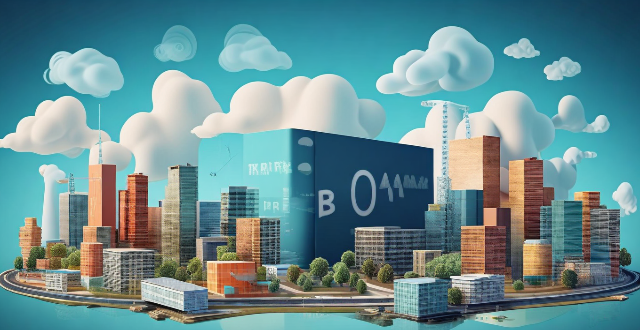
How does Fintech improve customer experience in banking ?
Fintech has transformed the banking industry by providing innovative solutions that improve customer experience. It offers personalized services, faster transactions, enhanced security, and innovative features. Fintech companies provide a seamless user interface, personalized financial advice, customized products, faster transactions, instant access to information, streamlined processes, robust security measures, transparent fees, regulatory compliance, mobile payments, peer-to-peer lending, crowdfunding, and exploration of cryptocurrencies and blockchain technology. These advancements have significantly improved customer experience in banking and will continue to shape the future of banking as technology evolves.

What makes a hotel considered a "luxury" experience ?
**What Makes a Hotel Considered a "Luxury" Experience?** A luxury hotel experience is defined by several key factors that set it apart from standard accommodations. These factors are often the result of meticulous attention to detail, exceptional service, and the incorporation of high-end amenities and features. Let's delve into the specifics of what makes a hotel considered luxurious: 1\. Exceptional Service: Personalized attention, professionalism, and courtesy are paramount. This includes butler services, anticipatory service, 24/7 concierge, polite and efficient staff, and multilingual capabilities. 2\. High-Quality Accommodations: The focus is on comfort and elegance. Room amenities include premium bedding, luxurious toiletries, and advanced in-room technology. Design and decor are tasteful, with spacious layouts. 3\. Exclusive Amenities: On-site facilities like fine dining restaurants, full-service spas, and state-of-the-art fitness centers set these hotels apart. Special features such as infinity pools and private beaches or pools add to the indulgence. 4\. Unique Experiences: Bespoke activities and extraordinary events make each stay memorable. Customized excursions and cultural immersion opportunities cater to individual interests. 5\. Location and Accessibility: Prime locations in iconic settings or with easy accessibility to major attractions define luxury hotels. Privacy and security measures ensure guest safety and peace of mind. 6\. Attention to Detail: Consistency in quality, environmental considerations, and thoughtful touches elevate the luxury experience. Immaculate cleanliness, sustainability practices, and personalized services make each stay exceptional. In summary, a luxury hotel experience is characterized by superior service, elegant accommodations, exclusive amenities, unique experiences, prime locations, and consistent attention to detail. It's about creating an environment where guests feel pampered and catered to at every turn, making their stay memorable and exceeding their expectations.
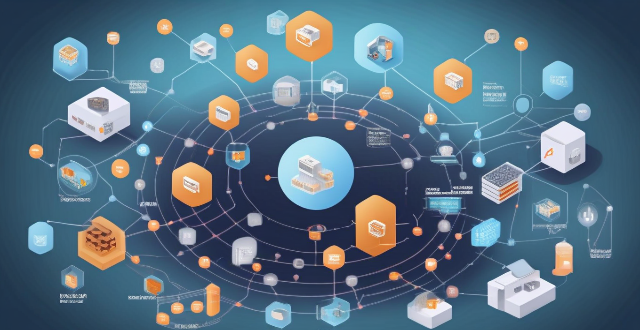
What is network latency and how does it impact user experience ?
Network latency is the delay in data transmission over a network, influenced by factors such as distance, congestion, and hardware limitations. It negatively impacts user experience in online gaming, video conferencing, streaming services, web browsing, and online shopping, leading to frustration and reduced engagement. Reducing latency through optimized network infrastructure can enhance user satisfaction.
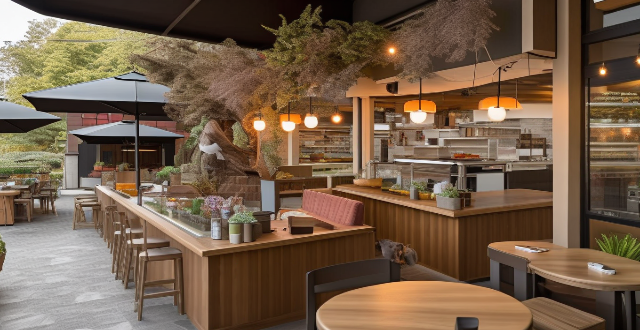
What are some must-try local experience activities in Tokyo ?
Tokyo offers a variety of local experience activities that cater to different interests, including sushi making classes, tea ceremonies, ninja training, kimono experiences, sake tasting, Sumida River cruises, traditional craft workshops, ramen museum and cooking class, robot restaurant show, Harajuku street fashion tour, baseball game at Tokyo Dome, Tsukiji Fish Market tour, Asakusa Temple and traditional shopping street, Kabuki theatre performance, and Odaiba Beach and DiverCity Tokyo Plaza. These activities provide an authentic Tokyo experience and allow visitors to fully appreciate the diverse facets of Tokyo's vibrant lifestyle.